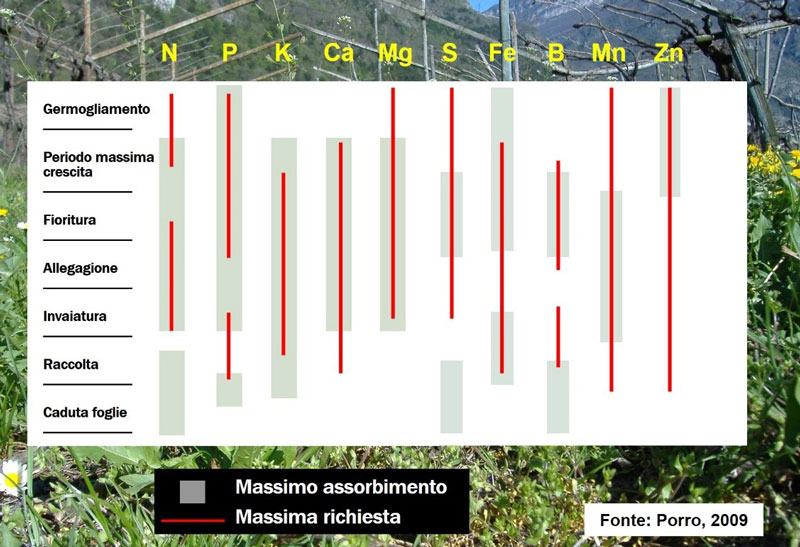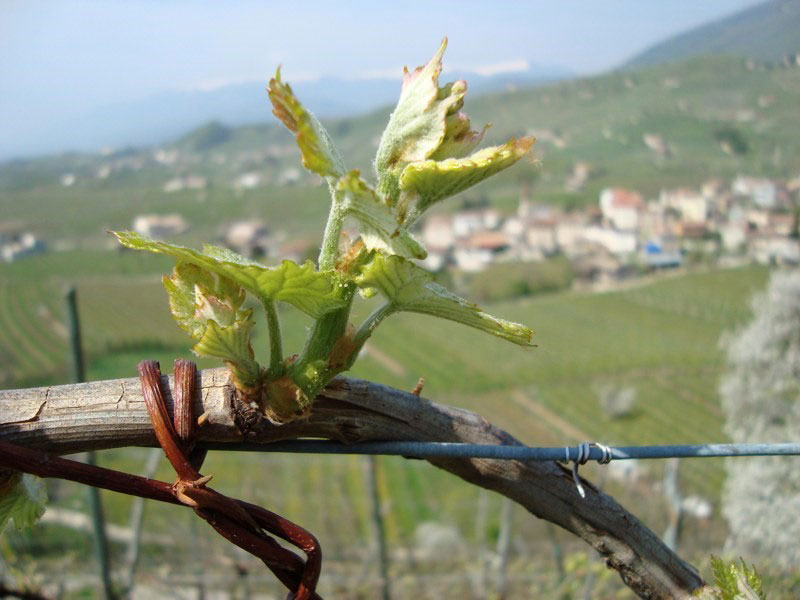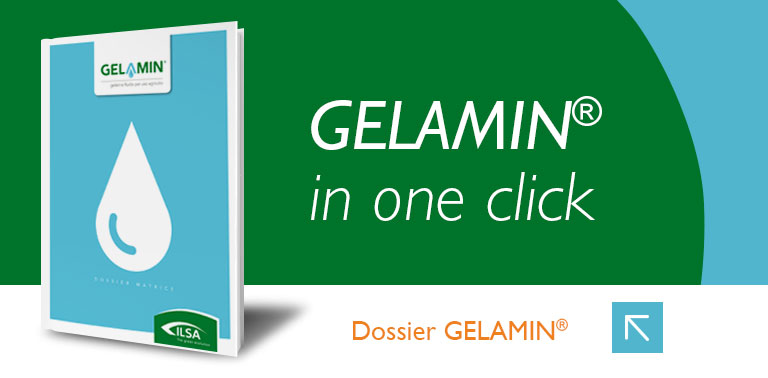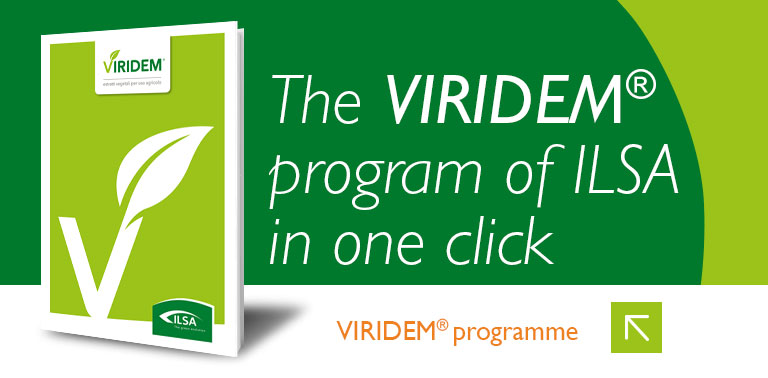Editorials
Wine grapevine: ILSA's proposal for the first stages of vine development
04/04/2019
The first stages of vine development, as well as of other herbaceous and arboreal crops, are among the most delicate. In fact, all the branches, leaves and rachides are formed during these phases, and will then have to support both the qualitative development and the size of the grapes. It is therefore essential that the vine should have all the main nutrients immediately (see chart 1, red lines: maximum demand periods) to reach a correct productive balance.
It is easy to understand how incorrectly managed deficiency or sub-deficiency situations, right from the initial phases, can have negative effects on the qualitative and quantitative characteristics of the grapes and therefore of the wines we can obtain from them.

Graphic 1: Periods of maximum absorption and maximum demand of the various nutrients (Dr. Porro, 2009).
The conditions that can lead to sub-deficiency or deficiency situations are:
- soil characteristics: light soils rich in stones, high active limestone content, basic pH, low organic substance content, low cation exchange capacity, poor nutrient supply and / or relative imbalance between them;
- weather conditions: low soil and air average temperatures and periods of prolonged rain;
- a phase shift between the periods of maximum absorption and maximum demand which characterise the different elements: particularly critical for this aspect are nitrogen, manganese, sulphur, boron, magnesium (see chart 1);
- mobility of the elements in the soil and in the plant: it is well known that calcium, iron, boron, sulphur and copper are not very mobile elements both inside the plant and in the soil-root system;
- poor presence of reserve elements in the wood of the vine.
Shortcomings which can arise in the early stages of vine development are:
- nitrogen deficiency:
characterised by stunted shoots and leaves with shortened internodes and less expanded leaf blades with a pale green colour; - phosphorus deficiency:
it entails reduced growth, poor flowering and fruiting, abnormal colouring of the leaves (red-violet); - iron deficiency:
characterised by very developed chlorosis borne exclusively by the younger leaves, due to an inhibition of the chlorophyll synthesis; - magnesium deficiency:
it is evident on young leaves with spotted chlorosis; - manganese deficiency:
characterised by an erect growth of leaves and shoots; interveinal leaf chlorosis with a mottled appearance, also with necrotic spots; - boron deficiency:
vines with short internodes are observed and, in severe cases, the growth of terminal meristems stops, causing ramifications similar to a "witch's broom", during flowering boron deficiency alters the flowering and fertilisation process and many unfertilised flowers dry up.

The nutritional specialties of the Ilsatop Line based on Gelamin®, a fluid gelatine for agricultural use, are designed to favour a rapid absorption of the meso and micro-elements they contain, which, as they are complexed by the protein matrix, have a greater absorption efficiency and bioavailability for the vine, thus enabling the effective and timely prevention of any sub-deficiency or deficiency. Furthermore, the predominantly laevorotary amino acids, the peptides and polypeptides inside Gelamin® perform both a nutritional function, since they contain organic nitrogen, and a bio-stimulant one.
ILSA has also developed the bio-stimulants of the Viridem® programme, containing plant extracts, able to act on the metabolism of the vine favouring a balanced vegetative development and helping the plant itself to react in case of environmental stress.
ILSA's technical line for the first stages of the vine includes:
- at the beginning of the budding phase: 2-3 applications every 7-10 days of ILSAVEGETUS at a dose of 1.5-2.5 kg/ha in combination with ILSAMIN MMZ or ILSAMIN MULTI at a dose of 2-3 kg / ha to improve the vegetative-productive balance of the vine and to supply the nitrogen, magnesium, manganese, zinc, iron, boron which the plant needs in this first development phase;
- when the bunches begin to form, continue with 2 applications every 7-10 days of ILSAVEGETUS at a dose of 1.5-2.5 kg/ha in combination with ILSAMIN BORO at a dose of 2-2.5 kg/ha to stimulate flowering and fruit set.
In case of obvious iron deficiencies, we recommend the use of CLASS FE G-FORM, performing 2-3 applications at a distance of 5-7 days at a dose of 1.5-2 kg/ha. Instead, in the case of phosphorus deficiencies, we recommend the use of ILSAVIVIDA at a dose of 2-2.5 kg/ha for 3-4 applications every 7-10 days.
All the details concerning our nutritional products with specific and bio-stimulant action mentioned in the article, are available on the site www.ilsagroup.com in the PRODUCTS section. By consulting the website, you will also be able to discover the full range of ILSA products and by registering, to download in-depth technical documentation.





.png)
















